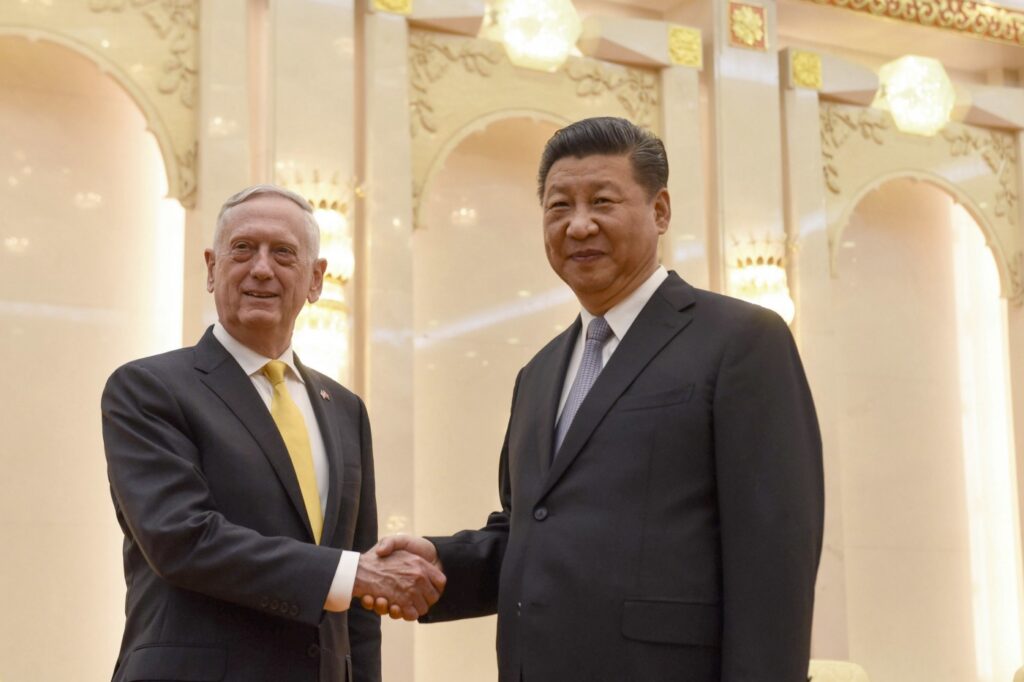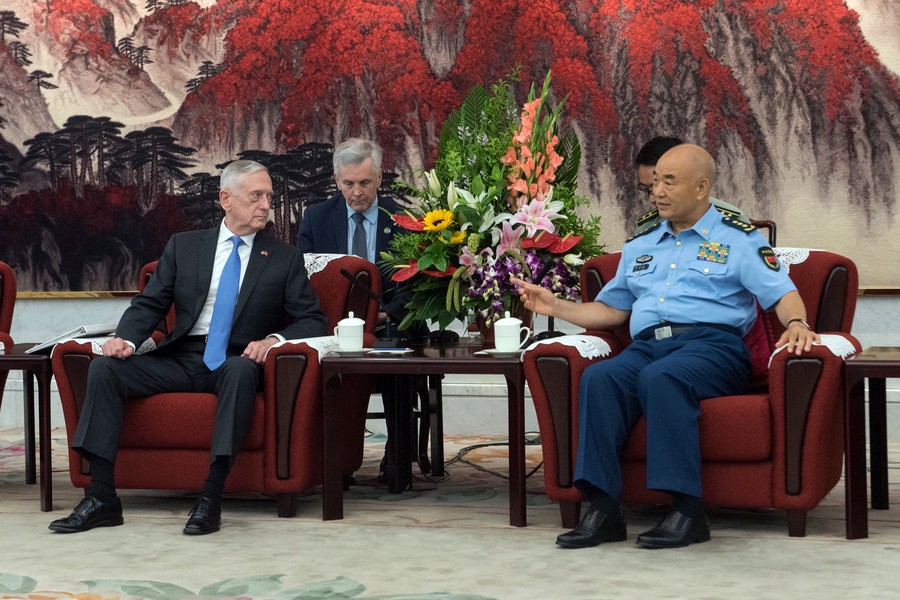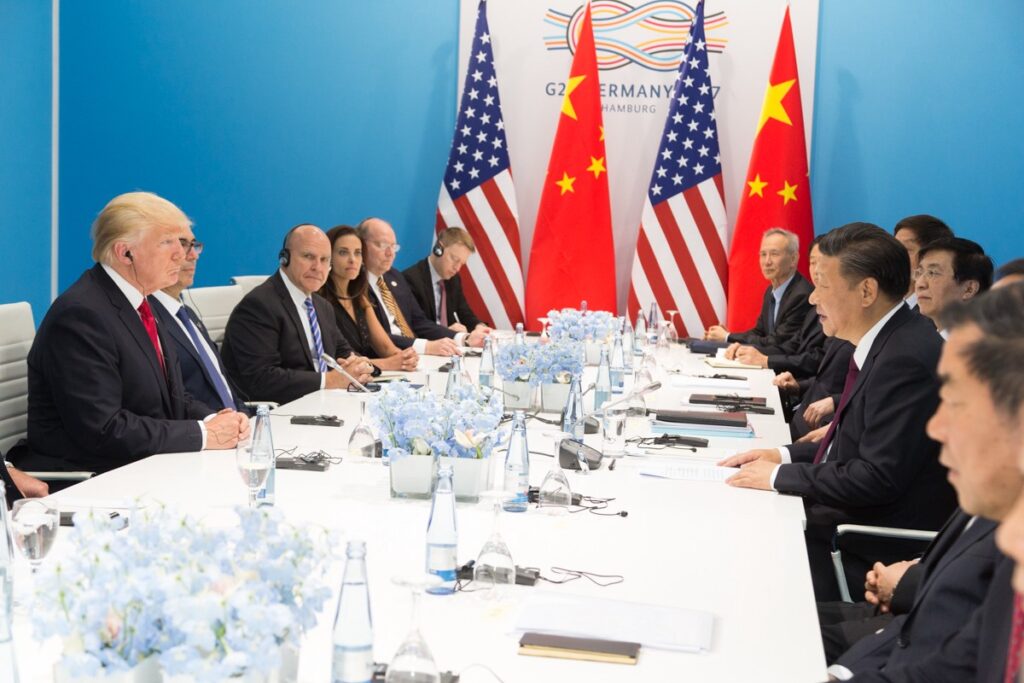Andrew S. Erickson, Professor at the U.S. Naval War College’s China Maritime Studies Institute (CMSI) and Associate in Research at the Fairbank Center, assesses how strong China’s armed forces are and why that matters.
How strong are China’s three armed forces? The People’s Liberation Army, People’s Armed Police, and Militia are already formidable — second only to the U.S. military in aggregate capabilities. Commander-in-Chief Xi Jinping’s sweeping reforms are making China’s forces leaner and meaner while reducing lingering weaknesses. They are rapidly becoming more capable, particularly at addressing the security objectives for which they are optimized: most importantly, safeguarding the People’s Republic of China (PRC)’s regime, homeland, borders, and sovereignty claims.
Properly understanding China’s capabilities and intentions matters greatly. Under Xi, China’s national goals are encapsulated in an ambitious grand strategy of “national rejuvenation” (Make China Great Again). The power of China’s armed forces will be a key determinant of its ability to achieve both this overarching national objective and many of its subsets. As showcased at the recent Shangri-La Dialogue in Singapore, debate is mounting: to what extent will China use its growing hard power to be a bully — as is widely feared, or a benefactor — as is widely hoped?
Much hinges on how Xi chooses to use — or not to use — China’s armed forces, for good or for ill. On the negative side, strengthening them enhances the PRC’s chances of controlling disputed territory at its neighbors’ expense — including possible attempts to dictate the future of Taiwan’s 23.5 million citizens and their free market democracy. It also facilitates Chinese efforts to erode vital rules and norms that underwrite a postwar order offering unprecedented peace and prosperity. On the positive side, strengthening its armed forces allows Beijing to contribute further to international security for greater good.

Measuring the strength of China’s armed forces has thus assumed unprecedented importance. To do so as accurately as possible, scholars and analysts must consider multiple factors. They must contemplate multiple definitions of military power, including internal versus external applications. They must weigh possible metrics of power, including quantity versus quality of armaments.
Foreign policy-makers, by contrast, typically transcend theoretical scholarship to address pressing practical concerns, including: to what extent can the PRC control areas beyond its universally-acknowledged boundaries? Since the United States could well be involved in most, if not all, China-related international contingencies, it helps to compare and contrast the national security dispositions of world’s two most powerful nations. Surrounded landward by two friendly neighbors; and seaward by the world’s greatest territorial waters, airspace, and exclusive economic zone; the world’s third-most-populous nation uses its unencumbered military to project power globally. The world’s most-populous nation, by contrast, has fourteen land neighbors — two with whom it disputes territory; and (counting Taiwan) nine sea neighbors — all with whom it has some form of maritime dispute.
China therefore uses all three of its armed forces to address security interests beyond its immediate homeland. Each force’s maritime subcomponent has the world’s largest number of ships in its category. They are supplied by world’s largest shipyard infrastructure, which has achieved the largest, fastest expansion in production capacity in recorded history. Military efforts have at their call the world’s largest fleets of space event support ships and oceanographic research vessels, as well as worldwide logistics support. On the civilian side, China has the world’s largest fishing fleet, one of the world’s largest merchant marines, wide-ranging port infrastructure networks, and a large nationally-flagged tanker fleet — all of which augment Chinese sea power.

While the U.S. leads in overall military quality, sophistication, and coordination, China and its armed forces enjoy significant superlatives. China boasts the world’s largest conventional ballistic and cruise missile forces. In all major areas of military capability and presence, China already has at least something — comprehensiveness rivaled only by the U.S. Supported by both indigenous efforts and an efficient process for acquiring and applying foreign military technology, China’s armed forces are improving rapidly across the board, on an unmatched scope and scale. Hardware (technology, equipment) leads software (personnel capabilities, connectivity), but both are transforming even as many other nations struggle to sustain their relative military positions. Major Chinese advantages include the tactical ability to accept the “good enough” solutions for today, while strategically funding manifold megaprojects to exploit the technologies of tomorrow. By any measure, China has the world’s second largest defense budget, funded by what is the world’s second-largest economy — if one accepts the metric of market exchange rates, or possibly even the largest economy if estimated using the controversial purchasing power parity metric.

All told, the PRC has arrived as an undeniable world great power with strong armed forces that keep getting stronger. That said, China’s armed forces under Xi are not guaranteed to achieve all the goals that he envisions for them. Key dynamics are not all positive, and future trends remain uncertain. In Beijing’s favor, it has heretofore focused intensely on a strict hierarchy of national security priorities. The Party cares most about regime continuity, domestic stability, border integrity, and peripheral sovereignty claims — all of which China enjoys tremendous geographical advantages in pursuing. Further out in distance, time, and sophistication, however, China’s armed forces will increasingly face the mounting costs and diminishing returns that plague other world powers. Amid these headwinds, the growth rate of China’s economy and overall military capabilities may slow, particularly if future domestic challenges arise to claim an increasing share of national resources. Visible thus far: short-range opportunities, long-range challenges.
All this makes how strong China’s armed forces will become, and how Xi might choose to employ them, among the greatest questions of our time.
Andrew S. Erickson is professor of strategy in the U.S. Naval War College’s China Maritime Studies Institute, and an Associate in Research at the Fairbank Center for Chinese Studies. He is a contributor to the Fairbank Center’s latest publication, “The China Questions,” available now from Harvard University Press. His chapter in that volume offers further analysis on the subject of this post.
Read Andrew Erickson’s post “Understanding China’s Third Sea Force: The Maritime Militia” on the Fairbank Center Blog, or check out his China research website at www.andrewerickson.com.


